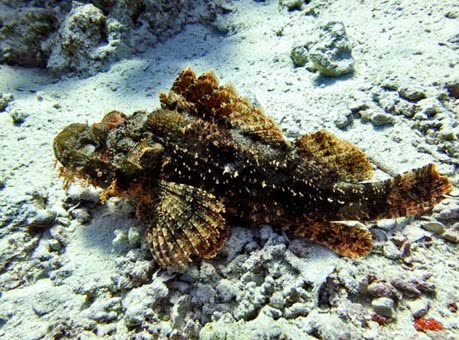 Excluded
Excluded
- Flights
- Rental Equipment
- Alcoholic beverages
- Visa
- Crew Gratuities


Sponges, anemones and all sorts of soft coral alcyonarian, soft corals, black corals, wire corals and gogonias
Hammerheads, Thresher sharks, Oceanic White Tip Sharks and Grey Reef Sharks
The wreck “AIDA“ and “NUMIDIA” completely covered with both hard and soft corals and gorgonias
Reef and hammerhead sharks, schools of surgeons, fusiliers, carangids
The Brother Islands are one of the best diving spots in the world. The Islands – the Big Brother and the Little Brother– are two small isolated promontories that just come out of the water in the middle of the sea at some 60 km from the coast. The Little Brother has a very high concentration of life in a very reduced area. The walls are covered literally with sponges, anemones and all sorts of soft coral alcyonarian in an astonishing variety of colors and shapes. Of course you will find here plenty of fish. It is not unusual to see sharks: Hammerheads, Thresher Sharks, Grey Sharks, Silvertip and White Tip Reef Sharks. About one km north of the Little Brother lies the Big Brother. Situated, in the middle of the island, is a lighthouse. When it is not too windy, you can proceed to dive the wreck “NUMIDIA” which lies upon the reef on the northern side of the island between 10 and 80 m. This 150 m long ship sunk 100 years ago and is now completely covered with both hard and soft corals and gorgonias. A fantastic view! At the NW side of the island you will find another wreck: the “AIDA“. This 82 m long steam ship sunk 1957. The remaining pieces of the wreck are scattered all over the reef and just a small section of the hull can be found between 30 and 60 m. It is nicely overgrown and worth to visit. Because of strong current and possibly high waves it is not easy to dive at the Brother’s. This safari is only for experience divers.
Daedalus Reef (also known as Abu Kizan) is a 400-meter-long and 100-meter-wide (1,310–330 ft) standalone reef in the Egyptian Red Sea situated about 90 kilometers from Marsa Alam.[2][3] There is a small artificial island in the center of the reef, which hosts a lighthouse constructed in 1863 and rebuilt in 1931.[4] Daedalus reef is a well-known place for diving because of good chances to see pelagic fish, such as hammerhead sharks, and an abundance of corals. In the high season one can find many dive safari boats staying overnight, anchored to the reef.
This long finger like reef runs from north to south in the open Red Sea. Steep walls drop to the depths on the reef’s east and west sides, while the north and south ends of the reefs are marked by submerged plateau. Sharks often swim by the spot to feed on the abundant reef fish population.

